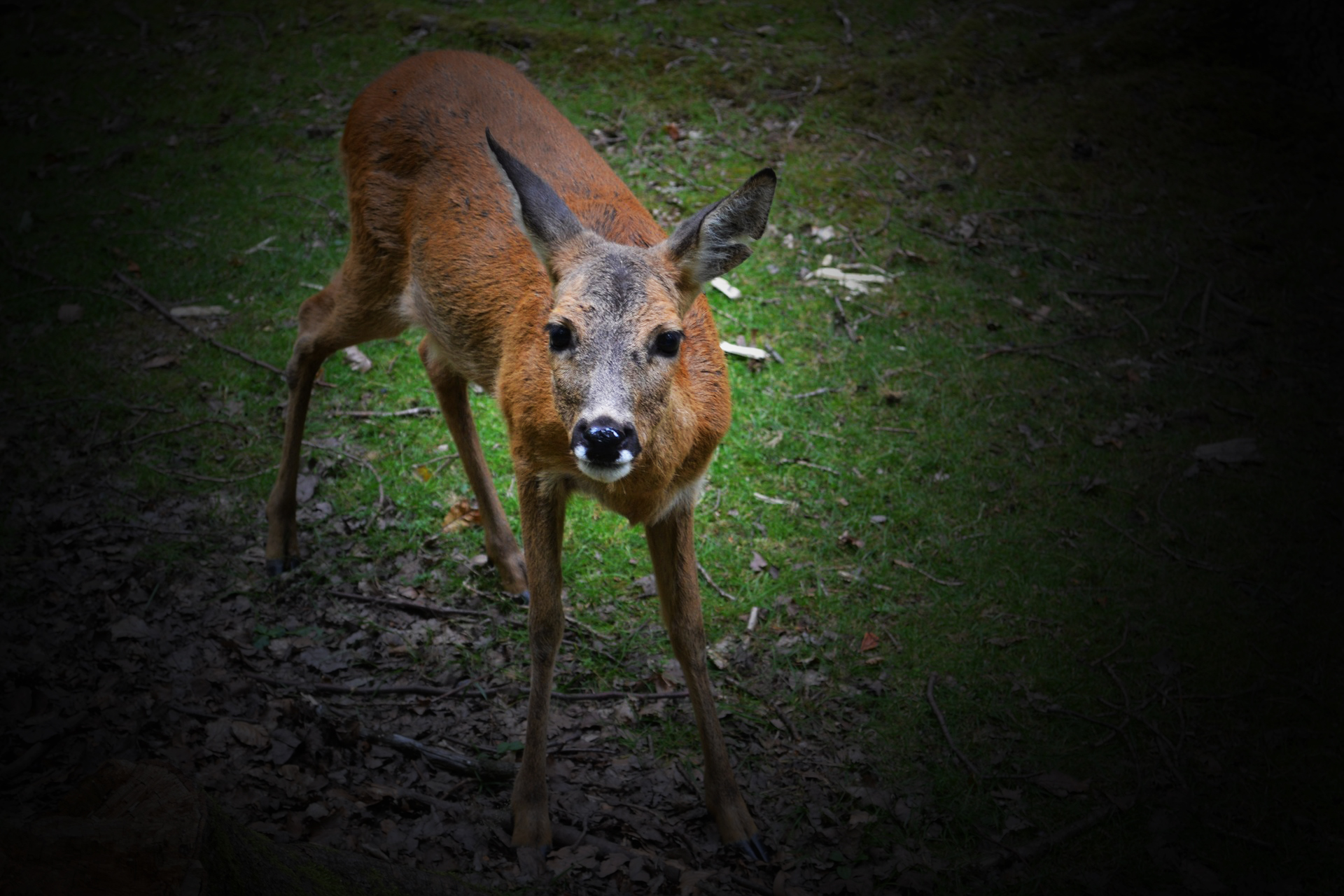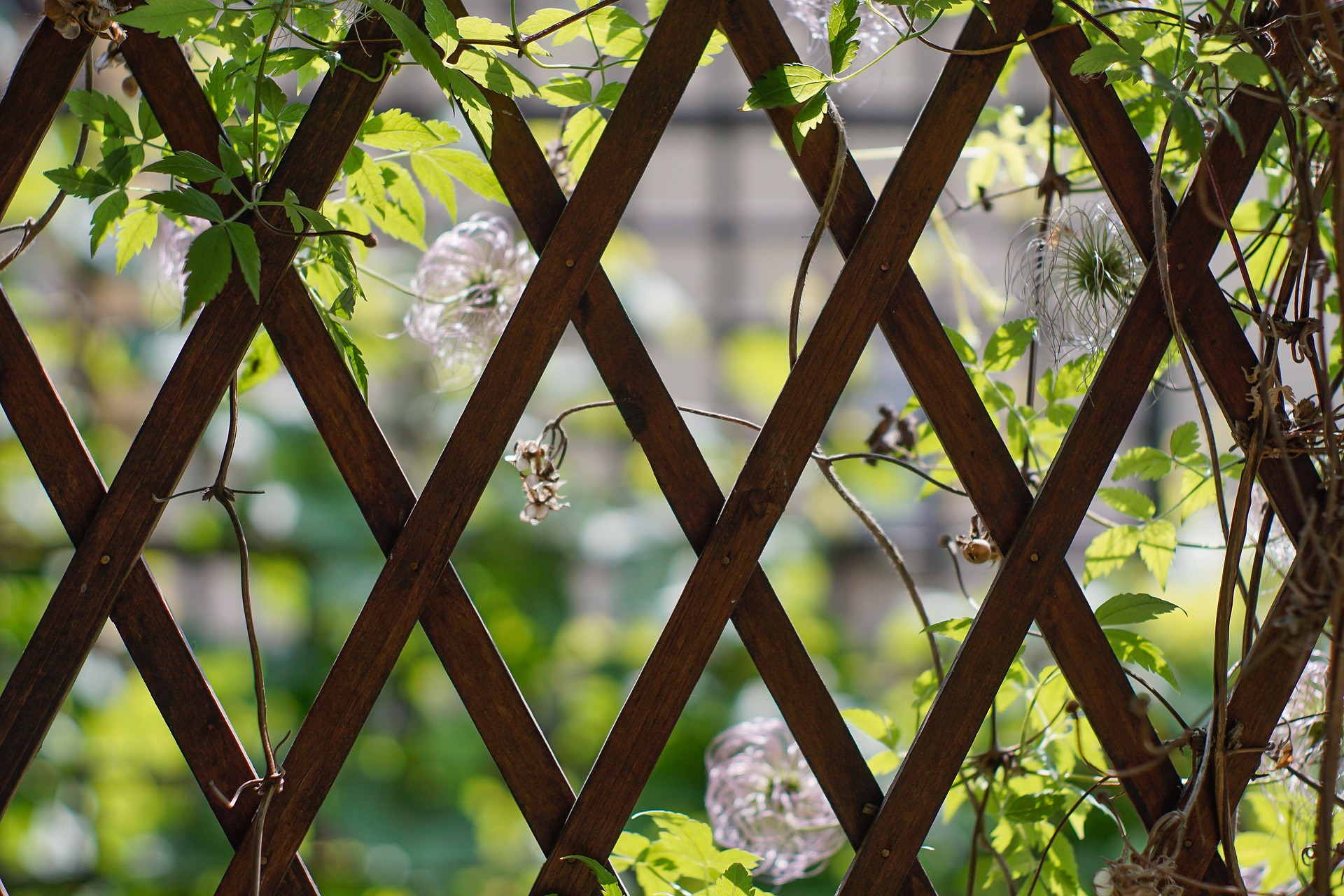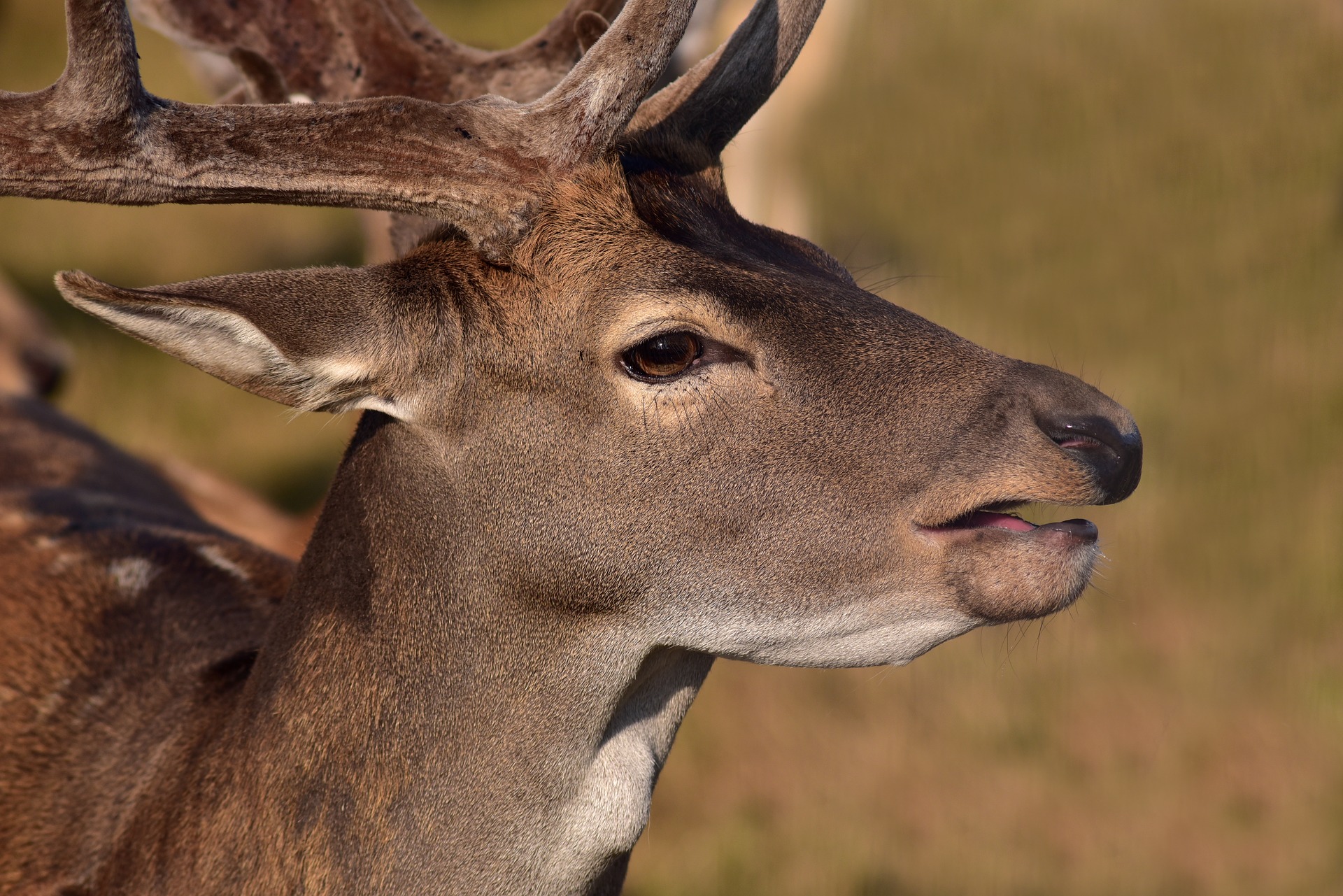I live in a divided neighborhood.
One-half thinks our resident deer are adorable while the other half (the gardeners of the group) fantasizes about turning them into venison.
Being engaged in daily competition with the herd this entire summer for my hostas, daylilies and phlox, I have to admit I lean more to the meat side than the sweet side.
I’ve tried all sorts of things to deter them — spreading repellants like milorganite, adding wind chimes and hanging strongly scented soap, but the results have been sporadic at best. I even have a motion sensor security light in the front; instead of scaring them, it just seems to provide them better light to improve their grazing experience.
I know that a fence would work, but the idea of an 8 foot high barrier around my front yard is not very appealing to me.
One of my fall goals is to re-landscape our front yard. At first, I visualized converting our so-called lawn area into a series of luscious beds bursting with blooms from early spring all the way through the last days of fall. After seeing plant after plant ripped apart and devoured by our four-footed insatiable invaders, it seemed an impossible dream.
I had all but given up my plans when I ran across some advice on deer resistant gardens by Ruth Rogers Clausen.
Although the bulk of her suggestions centered on which plants to use, she also included some intriguing information about designing deer resistant features into the landscape. Modifying the terrain, especially at the deer’s entry points, is a good starting point in creating a deer free zone.
Deer are both homebodies and creatures of habit, meaning that they typically remain within a few miles of their birthplaces and that once they identify a safe, reliable food source, they will consistently return to the same place at about the same time using the same route. That predictableness is helpful in thwarting them.
One choice is to entirely close off their specific entry points. Groupings of impenetrable and unappetizing (to them) plantings or tall, sturdy trellises covered with thick vines are excellent deer obstacles. Entirely blocking the view into the garden leaves deer reluctant to jump over the barrier since they are unsure about where they will land.
A second option is to add berms, steps or terraces at entry points. Deer have limited depth perception so navigating a variety of levels can be uncomfortable for them. Deer prefer an easily accessible escape route in case of danger. A set of parallel berms spaced about 3 feet apart can also deter deer. Jumping over the first into the pathway doesn’t allow enough landing space and jumping over both can be difficult for a deer to judge.
Changing your own routine maintenance habits can also have an impact on how much of a draw your garden is. Deer, like many other vegetation consuming wildlife, prefer soft, lush nitrogen rich foliage. Cut back on the amount of high nitrogen fertilizers used throughout the growing season to reduce the quick flushes of soft, new growth that tempt deer. Tough, leathery or fibrous textured plants, like Lily of the Valley, repel them.
When and how you water can also make a difference. Avoid watering on a daily basis; instead, water deeply into the ground once or twice a week. Leaves should be dry by the evening hours, especially during periods of drought. Wet leaves during the evening hours draw deer that are seeking water.
Deer have incredible senses of smell. They not only have almost 60 times more the number of olfactory sensors in their noses than humans do, they also have a scent gland in their mouths and two specialized scent areas in their brains.
They can pick up scents that are days old and a half a mile away. While definitely a benefit in the wild, this extraordinary sense can be used agaInst them in the garden. Interspersed plants with highly fragrant blooms or foliage can be overwhelming for deer and can cause them to retreat to a safer space. Place plants with strongly scented foliage at entry points to turn deer away.
The final step in creating a deer free garden is the careful selection of plant material. Although there are no absolutes defining what a deer will or won’t eat, there are some common characteristics that they tend to avoid.
With their ever increasing numbers in urban areas, keeping deer out of gardens is becoming quite a challenge for home gardeners as well as those in charge of public spaces like parks and green belts. Using a variety of strategies to foil them, humans at least have a fighting chance to win the battle for the garden against the persistent — and pervasive — adversary. I’m determined to win my skirmish. How about you?














